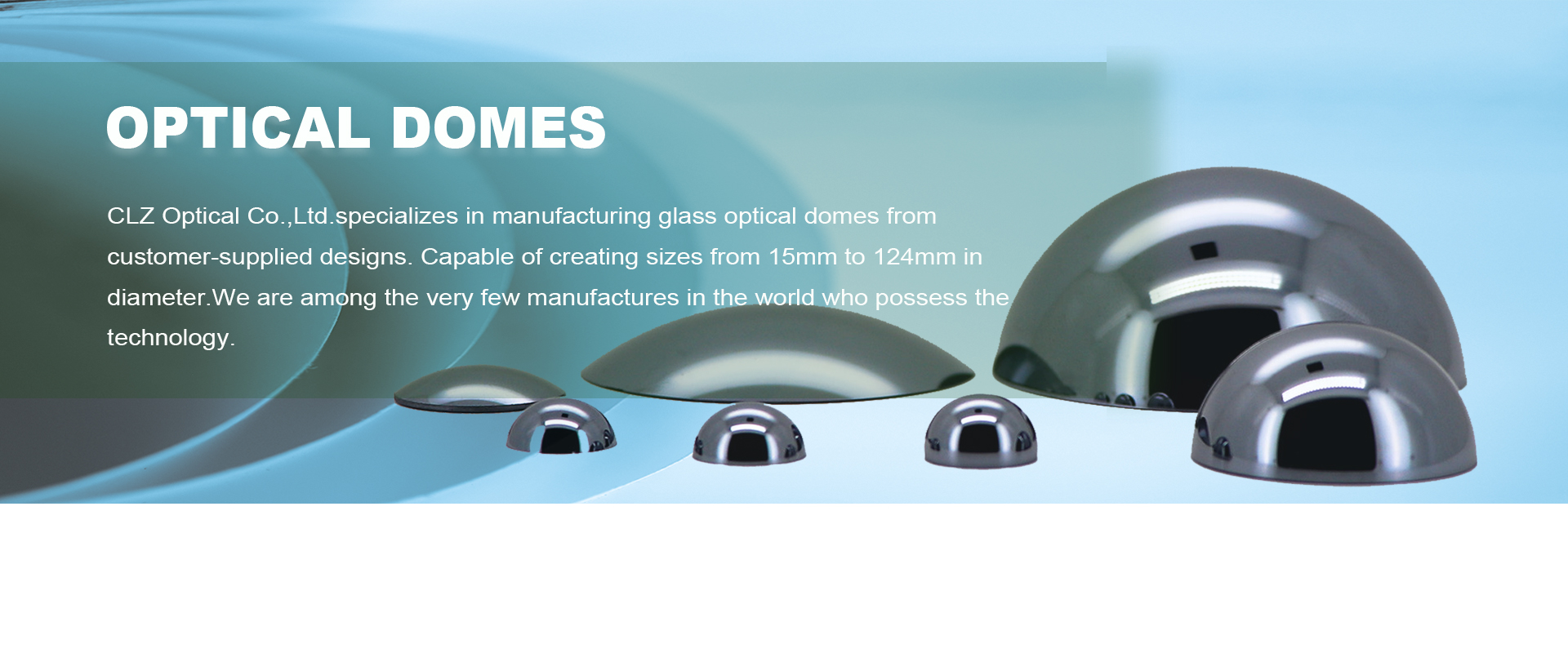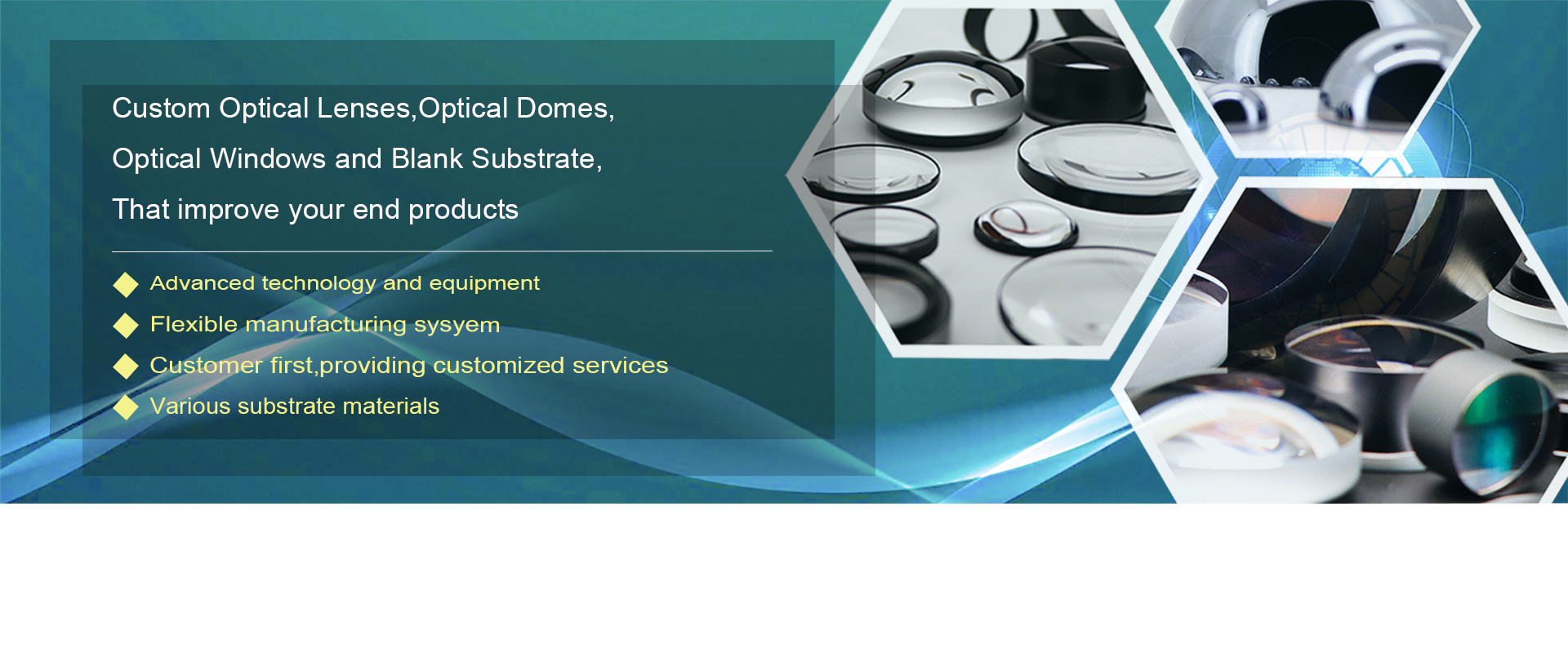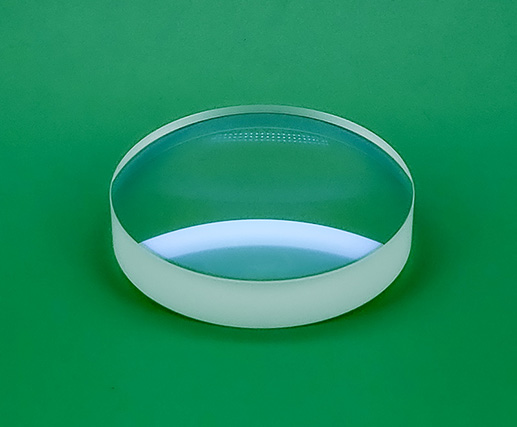Silicon substrate, Blank of Silicon, monocrystalline silicon
Silicon substrate, Blank of Silicon, monocrystalline silicon
Silicon substrate / Blank of Silicon (monocrystalline silicon)
Since light is easily scattered on the grain boundaries of polycrystalline materials, in order to improve the transmission rate of light and maximize the efficiency of the optical system, the manufacturers of silicon materials often remove other impurities in the polycrystalline silicon to convert it into a single crystal structure, monocrystalline silicon with high-purity.
Classification
Monocrystalline silicon can be divided into Transmissive Grade and Mirror Grade. The difference between different grades is that the wavelength range is different, and the transmittance doesn’t change much. Monocrystalline silicon (OCZ-Si) with transmission grade is often used in mid-infrared (1-6μm) optical systems. Monocrystalline silicon (Fz-Si) obtained by float zone processing can be used in a wider band (1-14μm). High-purity monocrystalline silicon (HPFZ-Si) obtained by float zone processing can even be used in the far-infrared(greater than 30μm), Infrared transmittance exceeds 50%.
Optical properties
The infrared transmittance of uncoated transmission grade single crystal silicon at 1.2-7 μm is about 53.3%. The transmittance of the coated monocrystalline silicon can reach 98%. Monocrystalline silicon absorbs and reflects visible light. It has low refractive index and low dispersion. Besides, it controls aberrations easily.
Physical properties
Monocrystalline silicon has a cubic crystal structure, which doesn’t produce birefringence to reduce the performance of infrared imaging. Compared with other infrared materials (germanium), it has high hardness and strong durability. It is insoluble in water. It has low density, which is suitable for the applications required with light weight. It has high thermal conductivity and low thermal expansion coefficient. It has high resistivity. The resources of silicon is abundant in the earth, so its price is relatively cheap.
Applications
Silicon lens can be used in the optical system of infrared missile.
Silicon windows are used in infrared optical systems, including infrared imaging, remote sensing detection, mid-infrared laser systems, etc.
Compared with other materials of optical mirrors(such as copper and molybdenum), monocrystalline silicon is easy to process with precision. Due to its high thermal conductivity, low thermal expansion coefficient and relatively low density, it is the preferred substrate material for laser mirrors.
What kinds of optical components of Silicon componments do we offer?
We provide with:
Silicon Blank materials
Silicon Spherical Lenses
Silicon Windows
Silicon Substrate Gold Mirrors
Silicon Substrate Infrared (IR) Longpass Filters



















